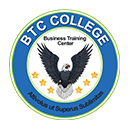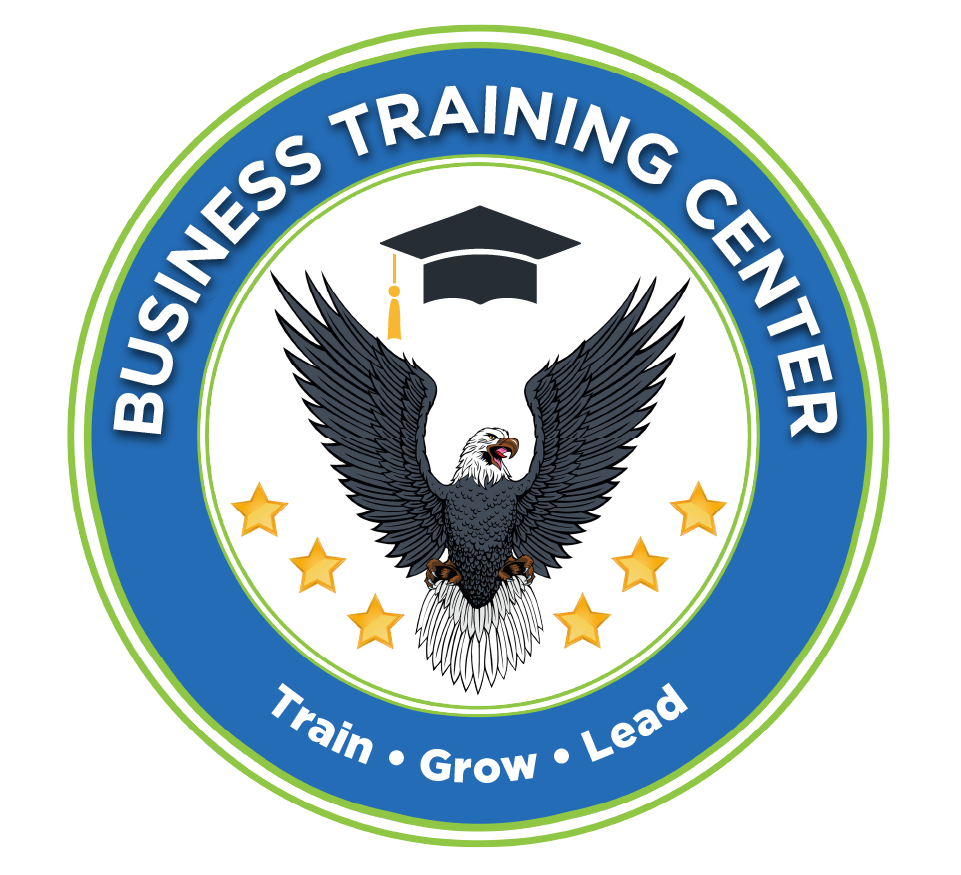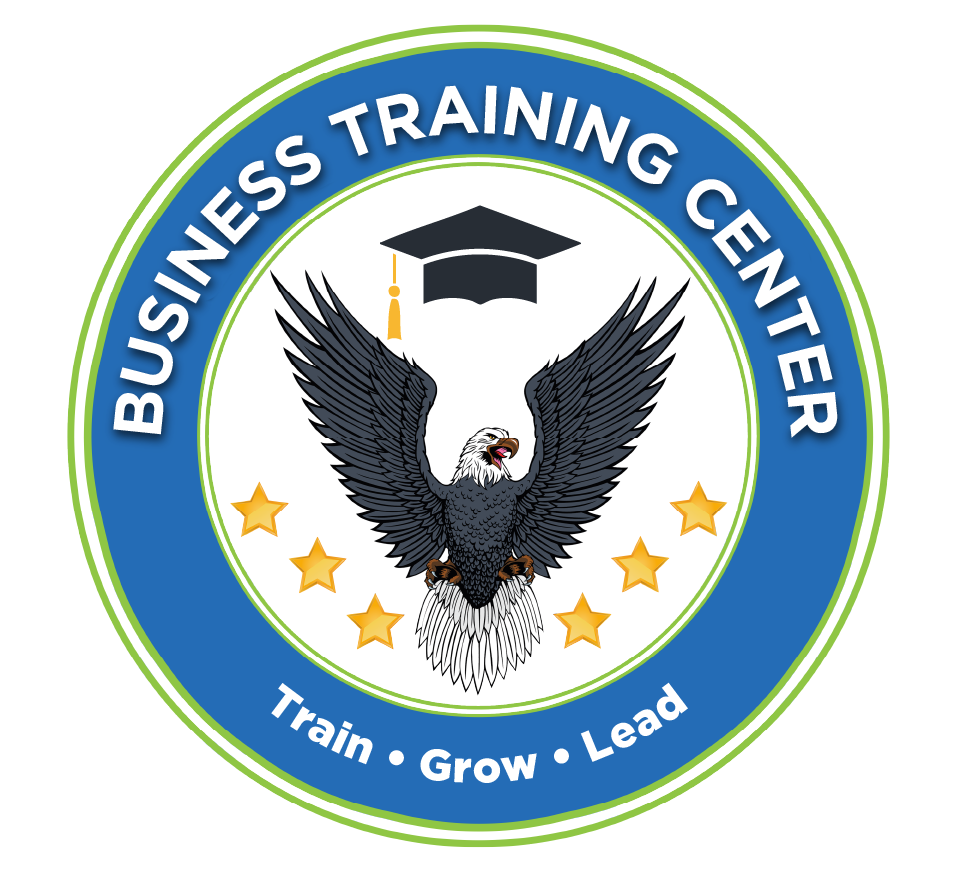This program explains how to effectively manage communications – internal and external, national and international, written, electronic or oral – and its importance and effects on an enterprise.
All modern managers need to ensure communication is effective; communication might be oral, face-to-face, written, by telephone, fax, email or internet, but whichever method is used it must be effective. This Program explains about creating and managing good communication channels, managing communications systems and teaches about communication as a vital ‘tool’ of all modern business people and managers, administrators, supervisors and others at all levels of an organisation. This Program teaches about producing effective business letters, memoranda, meetings, report writing, dictation, word processing, desktop publishing, and much more, with numerous examples and specimens.
SUMMARY OF MAJOR TOPICS
- Lines of communication and communications channels: oral, written, visual, electronic, others.
- Removing barriers and ensuring two-way communications flows, the importance of feedback.
- The danger of the grapevine; creating trust, fostering teamwork.
- Telecommunications, computer-mediated and digital communication, viruses and other danger.
- Email management, broadband, local area networks (LANs), remote access.
- Technological developments, websites.
- Forms and business documents, manual and computerised, their design, features and purposes.
- Business letters and their purposes; improving communication content, composition and style.
- English language, good English for communication, lay out, composition, grammar, language, style.
- Care to take over wording, confusions which can occur.
- The use of abbreviations and possible problems.
- Communications concerning employment; regarding job vacancies, applications, employee specifications, advertisements.
- Communications concerning promotion, employee specifications, staff matters and relationships.
- The use and impact of charts and graphs.
- Communications relating to sales; letters, literature: catalogues, pamphlets, follow-ups, circulars, announcements.
- Communications relating to advertisements; gaining attention.
- Enquiries, quotations, estimates, orders, payments.
- The design of forms.
- Financial business documents: invoices, credit notes, features and accuracy.
- Financial documents produced manually and by computer.
- Financial terms and expressions.
- Communications between employees, induction, counselling, others.
- Meetings: formal and informal, preparing notices, agendas, minutes; employment interviews.
- Letters of complaint, from customers or clients, and to suppliers, warnings; psychology.
- Dictating, drafting, checking, preparing, packing and despatching letters; standard communications.
- Records and their importance, data management, references.
- Centralised and decentralised filing, filing equipment, filing schemes.
- Computer systems, information, data processing and security, copies and back-ups.
- Word processing, desk top processing.
For more news & information on accreditation approval , endorsement, recognition for Cambridge International College.


